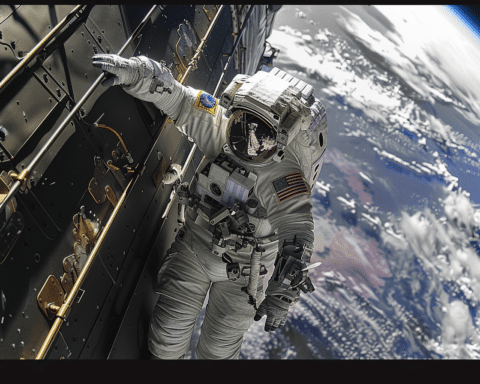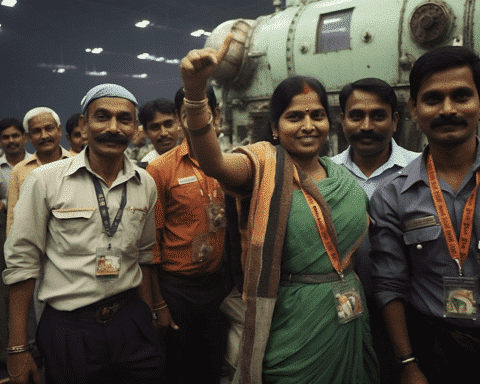Russia sent a rescue ship to the International Space Station (ISS) on Friday to bring back three astronauts who were in danger due to a leak in their original ride home.
The new Soyuz capsule arrived at the ISS on Sunday and was launched from Kazakhstan with supplies in the three seats.
The leak in the original capsule was caused by a micrometeorite that punctured a radiator and drained it of coolant. The Russian Space Agency delayed the launch of the replacement Soyuz to check for any manufacturing defects, but no issues were found.
Two NASA officials travelled to Kazakhstan to observe the successful launch, which reached orbit nine minutes after liftoff.
The crew, consisting of NASA’s Frank Rubio and Russia’s Sergey Prokopyev and Dmitri Petelin, were originally scheduled to return in the damaged Soyuz next month, but it was deemed too risky due to the lack of coolant.
As a result, Rubio will switch to a SpaceX crew capsule, while Prokopyev and Petelin will remain in their damaged Soyuz. The damaged Soyuz will be returned to Earth without a crew by the end of March for examination.
The three astronauts, originally supposed to stay in space for six months, will remain in space for a full year until a new capsule is ready for their replacement in September.
The damaged supply ship was discarded over the weekend as planned. The Russians continue investigating the leaks in both spacecraft, while NASA has a new crew launching from Florida’s Kennedy Space Center on Monday.
The returning crew inspected their SpaceX Dragon capsule and reported that everything was in good condition.
The extended stay in space for the three astronauts is a testament to their training and resilience as they adapt to the challenges of living in microgravity for a prolonged time.
The astronauts have access to various resources and activities to maintain their physical and mental health, including exercise equipment, educational materials, and leisure activities.
Meanwhile, the international community is working together to ensure the safety and success of future space missions.
The incident highlights the importance of having backup plans and contingency measures to handle unexpected events.
NASA and its partners are constantly working to improve the technology and infrastructure of space travel to make it safer and more reliable.
Overall, the successful launch of the rescue ship and the continued support of the astronauts highlight the dedication and cooperation of the international space community in the pursuit of exploration and discovery.
The incident serves as a reminder of the risks and challenges of space travel and the incredible achievements that can be made when people work together towards a common goal.




